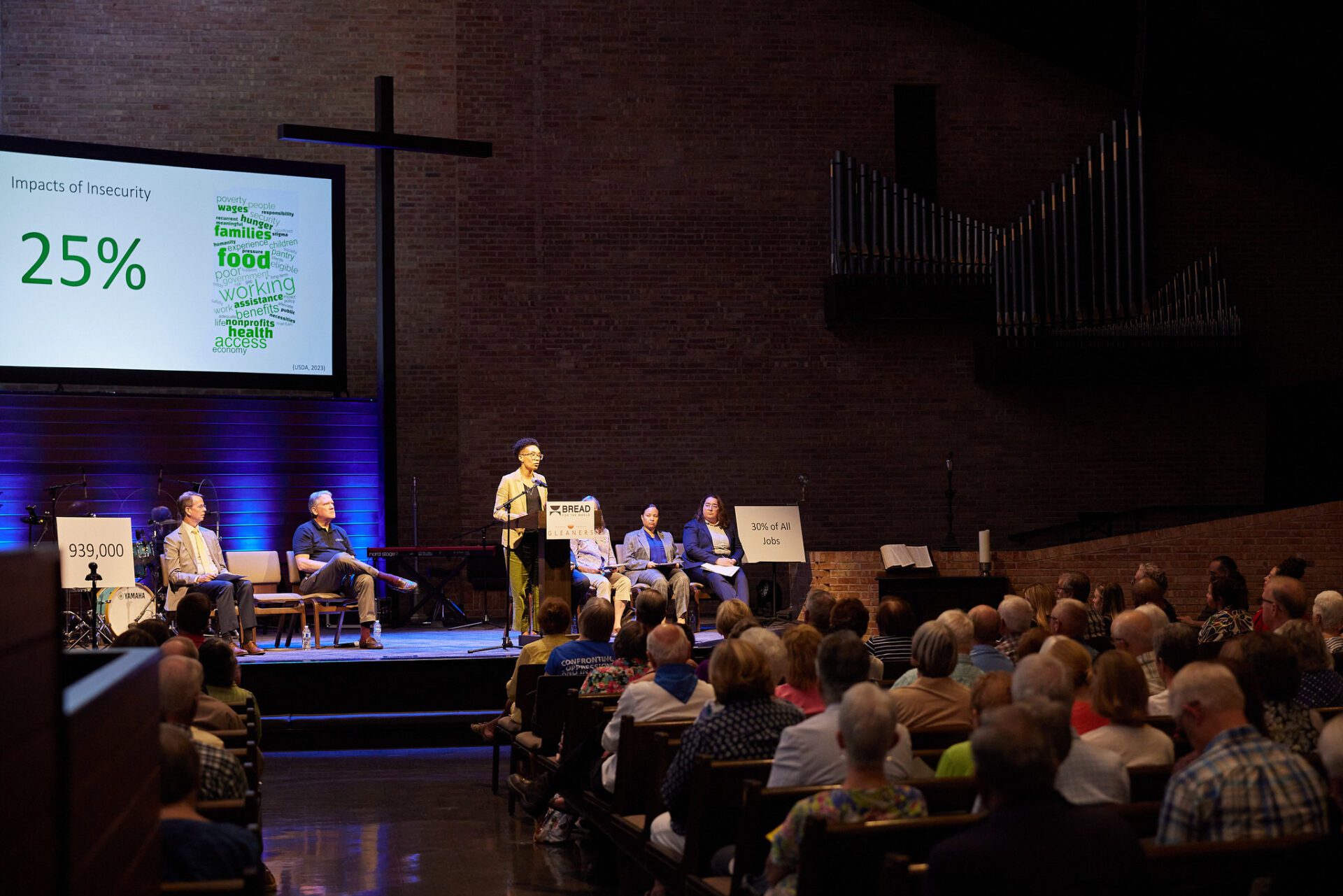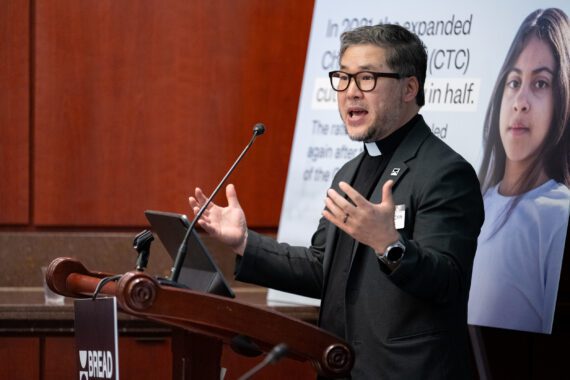Creating hunger-free communities is a beautiful idea, and few places are trying harder to pull it off than Indianapolis. The group leading the effort is the Indy Hunger Network (IHN).
Front and center on its website, IHN states its mission: “To ensure that anyone who is hungry can access the food they need.” IHN offers support by directing people to nearby pantries, soup kitchens, and other service providers, and/or by assisting them in signing up for federal nutrition programs.
But important as this is, it is not unique to IHN. Fortunately, countless organizations nationwide do this kind of work in their communities. IHN is different in that it has adopted a broader approach to reducing hunger.
Ending hunger for good means enabling everyone in the community to overcome barriers to accessing enough nutritious food, and to do that, those barriers must be understood. IHN uses professional researchers to study conditions that stymie progress. It also makes sure to talk directly with a variety of people who face hunger, seeking to understand “the scramble,” a term heard repeatedly in listening sessions. The scramble describes the myriad challenges that food-insecure families have to cope with, from transportation and housing, to child care, elder care, and health care, to food and more.
Advocacy is another feature that makes IHN unique. It cultivates advocates from all walks of life to meet with public officials and impress on them the need for government to do more to enable everyone to have enough to eat. Given the many longtime Bread for the World members involved in IHN, it is not surprising that advocacy is an emphasis. Readers may recall that as long ago as 2005, Bread members worked on an Offering of Letters campaign to pass the Hunger-Free Communities Act. This legislation was designed to increase the federal resources available to expand nutrition services to more people in local communities. The Hunger-Free Communities Act passed a few years later with bipartisan support.
There are various ways to measure hunger and food insecurity. One of these is the number of missed meals in a community. In Indianapolis, IHN’s work to improve people’s options for accessing food reduced this “meal gap” from 30 million in 2013 to 5 million in 2020. IHN estimates that public and private food assistance combined is currently reaching about 97 percent of households in need. That’s an extraordinary achievement that distinguishes Indianapolis as nothing less than exemplary in its progress toward ending hunger.
But without a meaningful reduction in economic inequality, ending hunger in Indianapolis—or anywhere else—is not certain. Poverty is considered the main cause of hunger, and that’s still mostly true. However, in recent decades as the economy has become more unequal, food insecurity has climbed to affect those with higher incomes as well. Some families go hungry because they earn too much to qualify for federal nutrition programs. In The Working Hungry, a 30-minute documentary IHN helped to produce, we enter the scramble in a way that only first-person storytelling fully allows.
The documentary features people who, despite working full-time, struggle to provide enough to feed their families. “I work hard,” says Robert Miles, who works for the Veterans Administration and is himself a veteran who served in Bosnia and Afghanistan. “Just give me something,” says Miles. “Give me something so I can keep moving forward.”
Bread for the World has often drawn attention to the plight of workers who are hungry. The subject of our 2018 Hunger Report was jobs. Its main message—one that Bread continues to broadcast regularly—is straightforward: “The bare minimum that defines a “decent” job is a sufficient wage, which should provide families with the means to put food on the table.”
The 2018 Hunger Report proposes an array of policies that would improve jobs so that more workers can afford groceries. It is the job of government to put in place policies that improve people’s lives. The Working Hungry features some individual employers who recognize that, to be productive in their jobs, workers should not have to be worrying about how to feed their children. Some employers are raising wages.
But economic inequality is not a condition that can be reversed one employer at a time. Indiana’s minimum wage remains tied to the federal minimum wage–$7.25 an hour, a rate that hasn’t been increased since 2009.
IHN appears to be acknowledging it needs an economic agenda to match its success in expanding access to food. That’s no small shift in its strategic direction, and it may not be a direction it can or should go. Without government leadership to reduce economic inequality, it is hard to see Indianapolis or anywhere else becoming—and remaining—hunger free.
Todd Post is senior domestic policy advisor, Policy and Research Institute, with Bread for the World.



